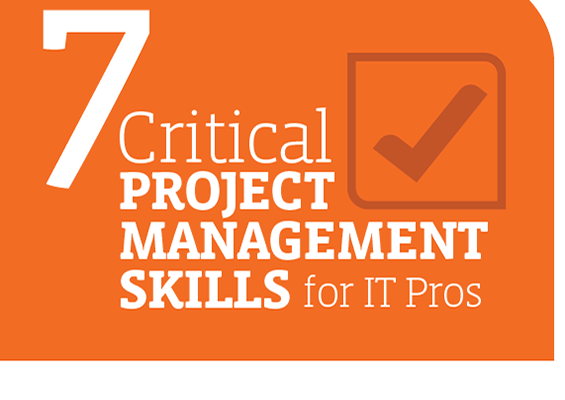In 2017, change is everywhere you look in the IT community. From the continual innovations in technology services and business models of a typical provider, to increasingly more complex customer procurement processes; virtually everything the channel touches is transforming.
That includes providers’ own businesses. Over the past decade or so, scores of channel firms have transitioned their businesses away from a pure transactional model. Recurring revenue streams have become the norm, with continually improving managed and cloud service offerings. Though, in reality, many MSPs’ portfolios are more of a hybrid model that retains some element of their break/fix or reseller roots.
Those transformations took center stage in the ITSS (IT Services and Support) Community session at the CompTIA Annual Member Meeting in Chicago this week, with a panel of professionals intimately aware of the specific opportunities and challenges change presents to the channel. That included two providers who have undergone their own business evolutions, and a key member of the association’s research team who continually monitors and assesses trends in this area.
Tim Gallegos, Senior Vice President Operations at Pomeroy and Vice Chair of the ITSS Community, lead off the conversation with an in-depth review of the reasons behind change. He looks at transformation from two perspectives: technological and biological. “The first looks at our tech stack, such as what tools and techs we need to provide. Then there’s the biologic track. As our own company gets digitized, how do we stay engaged with our customers and prospects. The human factor is what distinguishes us.”
Gallegos pointed out that the need to monitor and understand client’s issues better is often the drives the transformation. It’s not all about the money. Technician need to understand where and when there’s an issue before it happens, and as more and more processes go electronic, that proactive support is needed more than ever. “Once they start using online and digitized services like Amazon, Uber and Airbnb, they can’t go back. They want more and that transformation has the potential to disrupt every segment of business.”
“Our goal is to continue that discussion with customers. We’re now providing offerings that encourage longer-term engagement and we want to be in a place where they have conversations about innovation. Is their idea something we want to chase? We may not lead those discussions, but are doing all we can to encourage the conversation.”
With all that change, Gallegos does offer one bit of advice to all channel firms: “you have to invest in leadership and, as transformation happens, think how it effects the people at ever stage. Give your team a reason the be part of something bigger (and better).”
ITSS Community Executive Council member Jeff Bendix, President of BENDIX imaging, shared personal insight related to the transformation of his business. Formerly a pure MPS (Managed Print Services) professional services firm, he saw the market stagnating and attrition rising, and decided to shift strategies. The company added IT services including network security and support, unified communications, and data storage and recovery to better support existing customers — and to land new ones.
“We had one silo: print. It was a single focus with no cross-selling opportunities. But as we were growing into other services, we found none of the systems played well between platforms, which was embarrassing and inefficient.”
Bendix explained several of the interoperability issues and his journey to find a PSA (professional services automation) solution that would support his managed print, unified communications and IT services needs, which could also better enable his marketing and sales efforts. “We needed that ‘one pane of glass’ to better manage our business and hopefully help us adopt new platforms in the future.”
Automation and organization are crucial to transformation. Seth Robinson, Senior Director of Technology Analysis at CompTIA concurred in his presentation, where he outlined and defined a term that is most closely associated with our industry’s biggest revolution. “What is a digital organization? It is a company that is using the proper structure and processes to drive results with modern technology.” That is, after all, the outcome most channel customers are aiming for. Those who understand it will be better positioned to ask the right questions and find the best solutions.
“In this new organization, IT has two parts. Business units and IT. It’s tactical and strategic. What types of processes do business units need? The process that matters most, from a provider’s perspective, is decision making.” Who is involved and what types of conversations are required to get them on board? That can be quite complex, and despite reports to the contrary or rogue IT on the rise, businesses’ technical teams still control the key decisions.
“In our latest report, just 5% say IT’s role in the decision-making process has diminished, while 37% indicated all departments are on a level playing field.” There may be more influencers than ever, and providers need input from as many people as possible to develop the right solutions. The opportunity to be an expert is stronger than ever.
“Department managers don’t want to know everything there is to know about things like security and integration, they want to rely on IT for that.” On the flip side, IT teams and their providers have to do a better job of communicating with business units and managing the expectations or users and influencers. Are they being realistic? Robinson emphasizes how critical that last point is to ensuring the transformation to a digital organization is a success. “A lot of gaps are being left in the process, which leaves a lot of opportunity for IT services firms who can address those needs.”




0